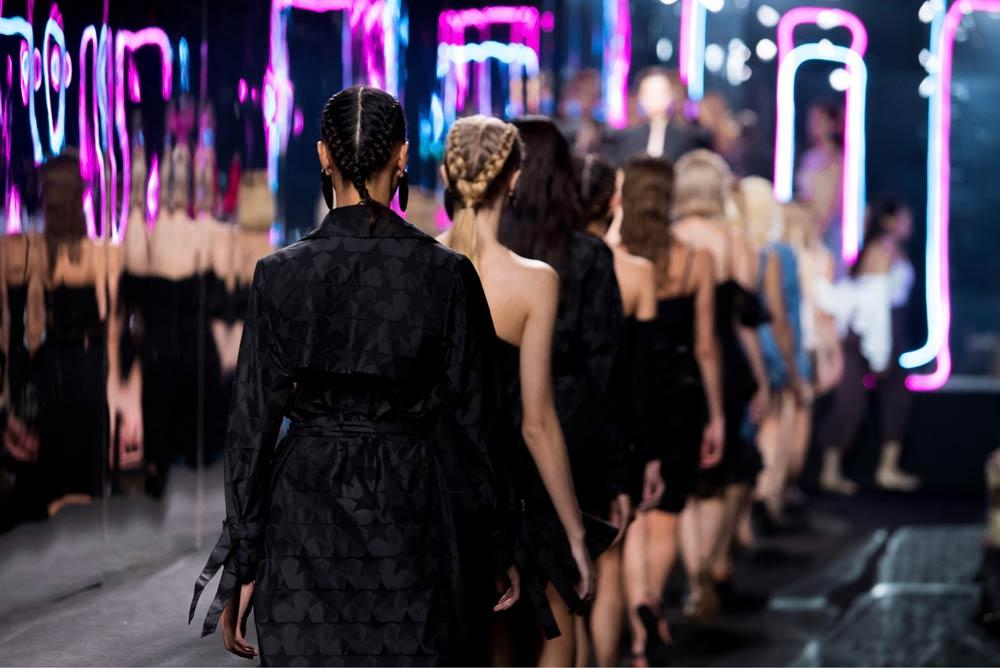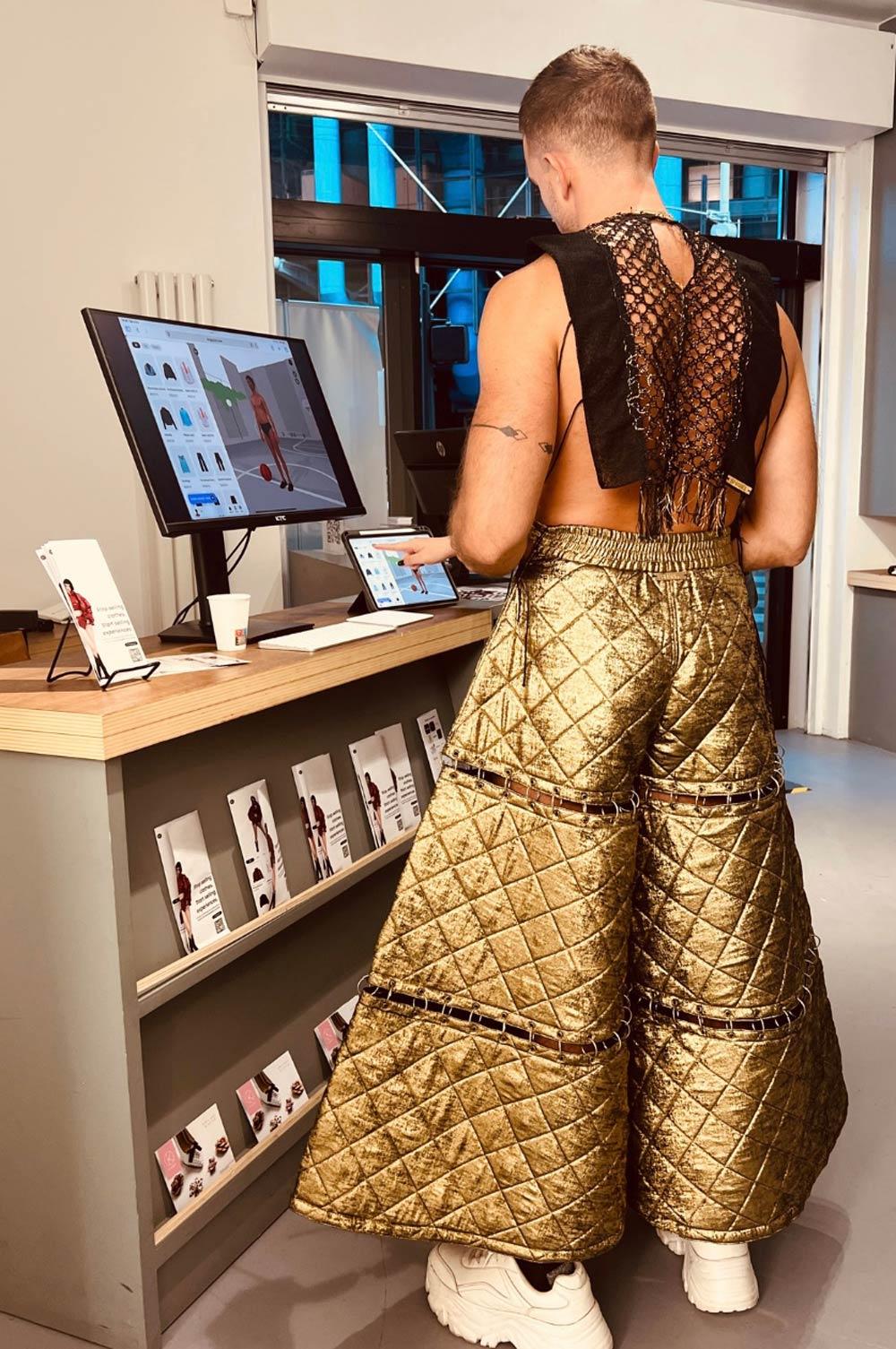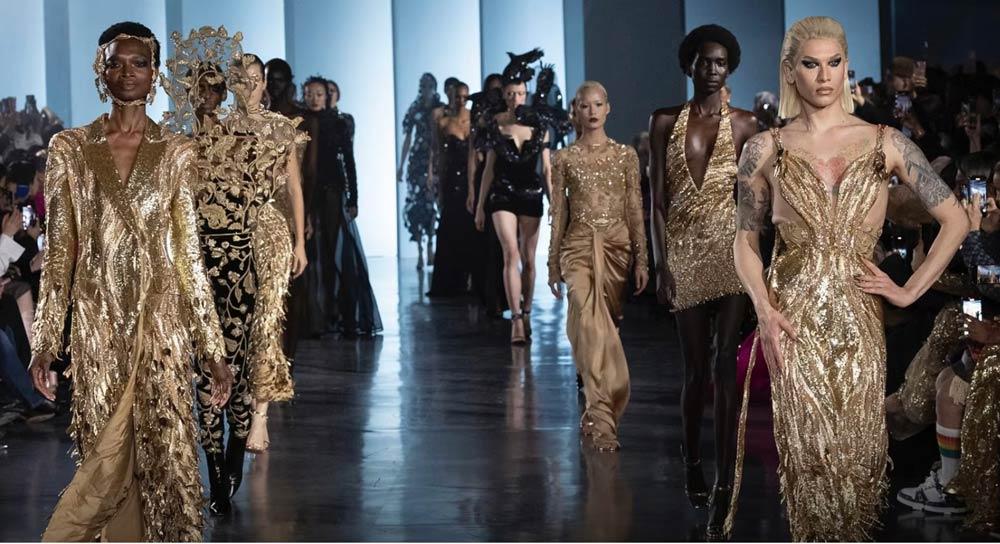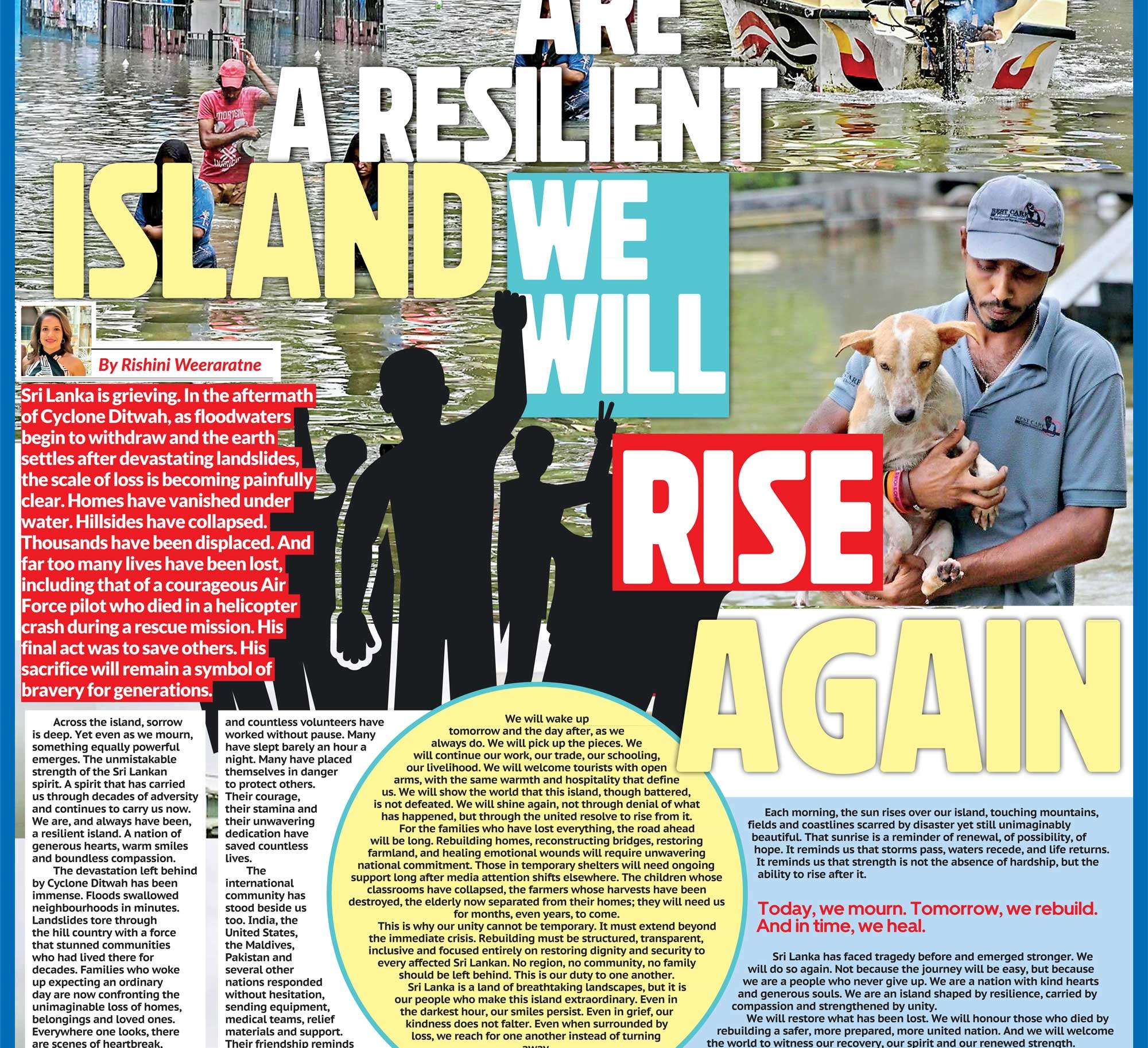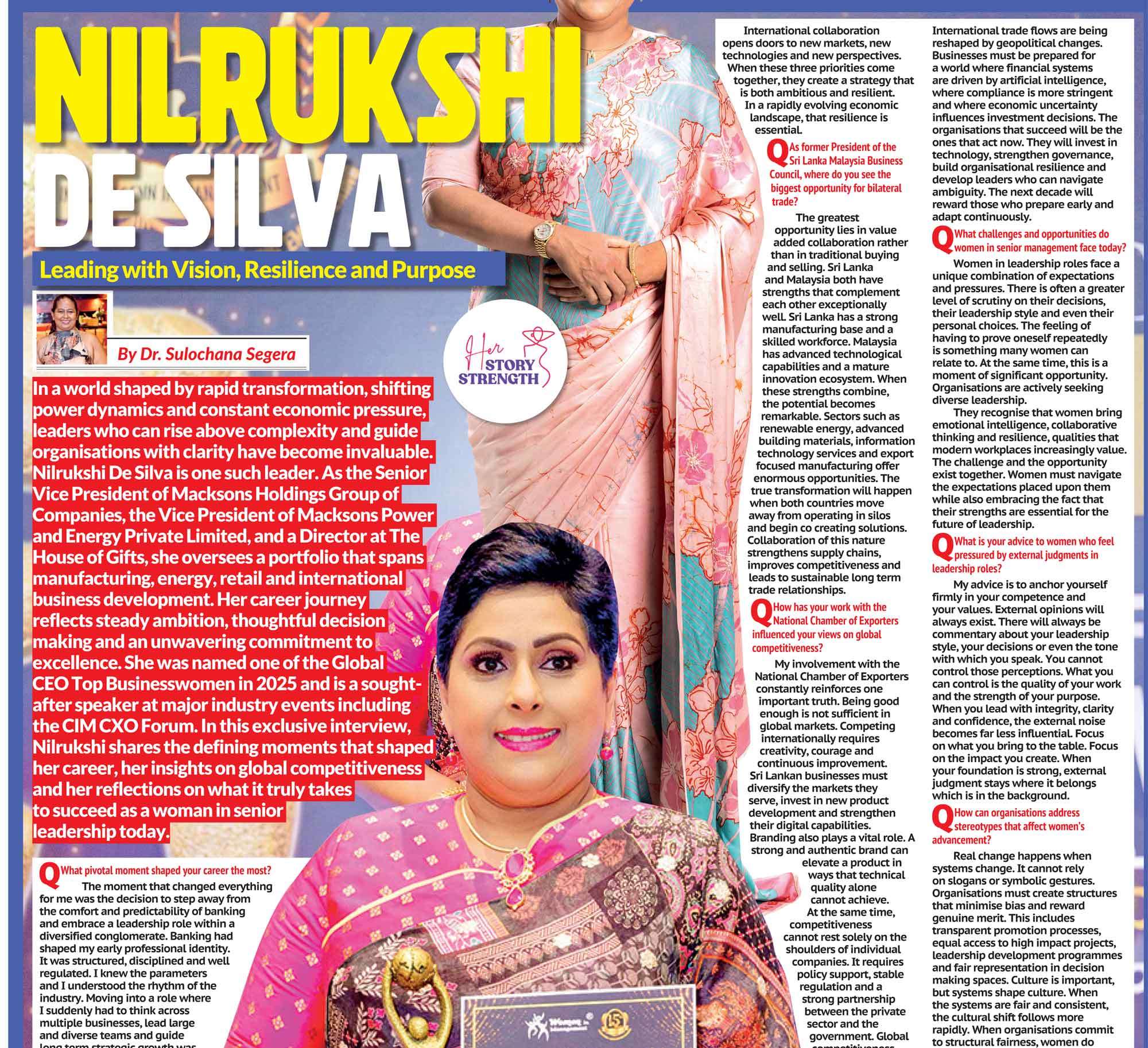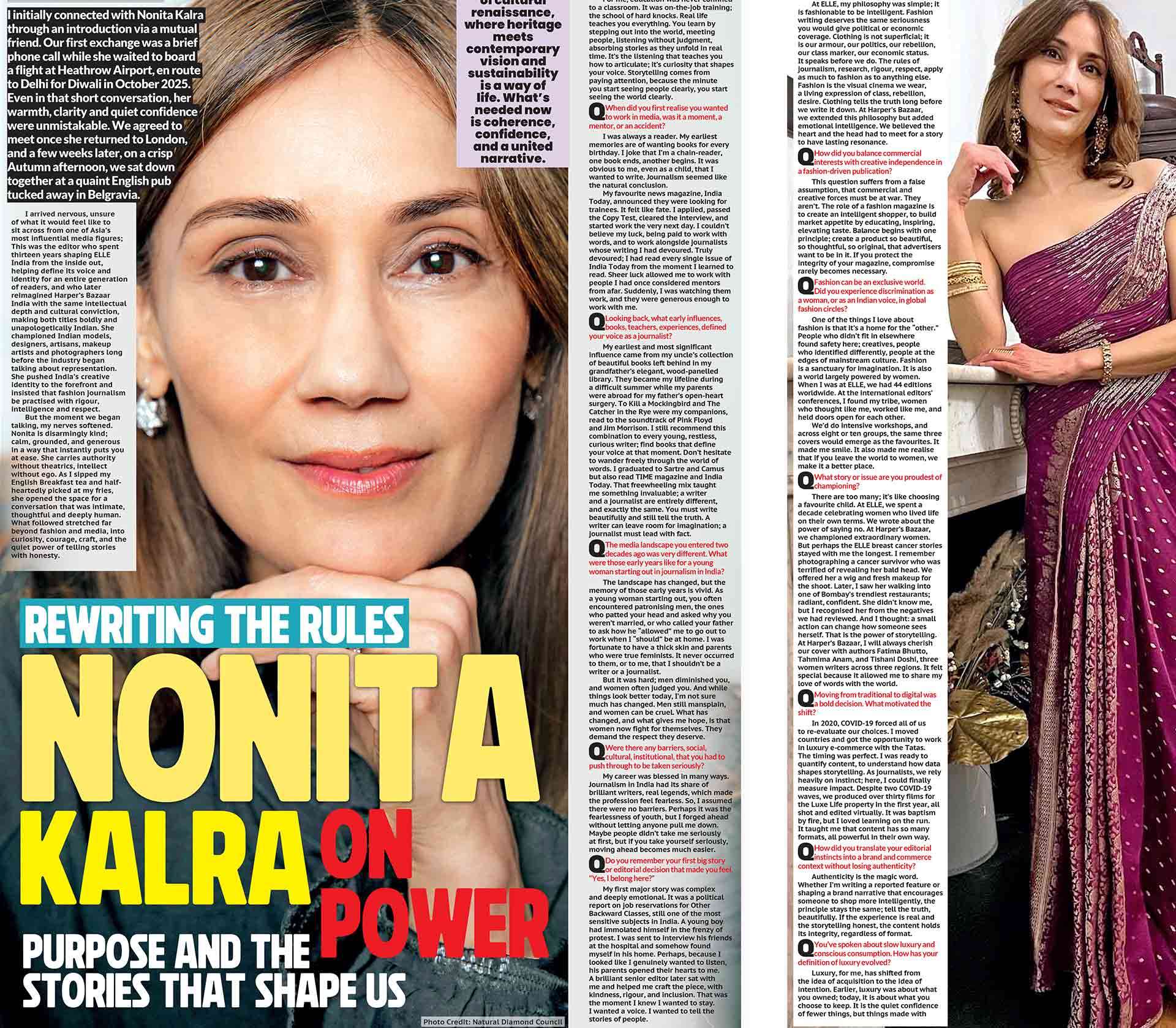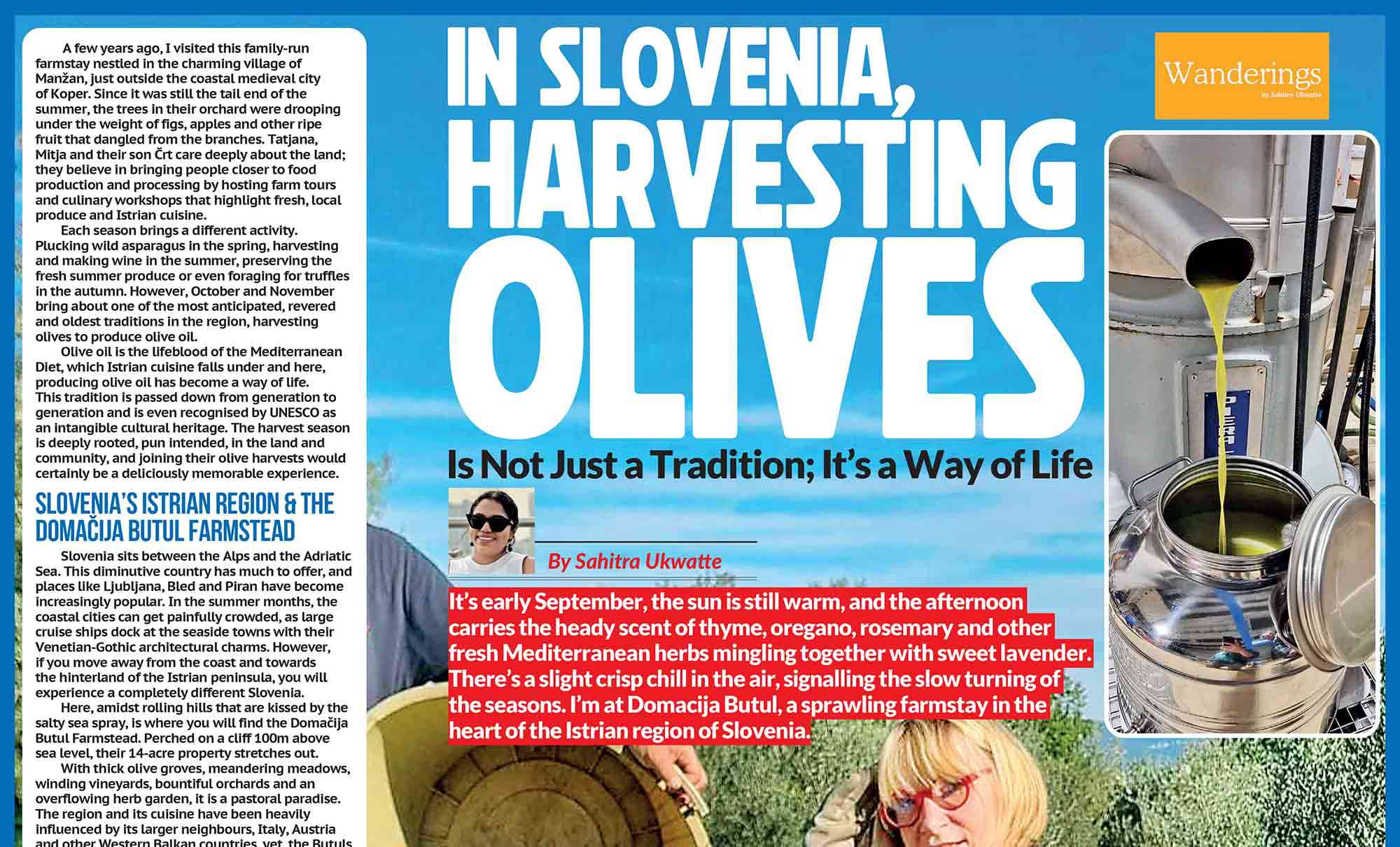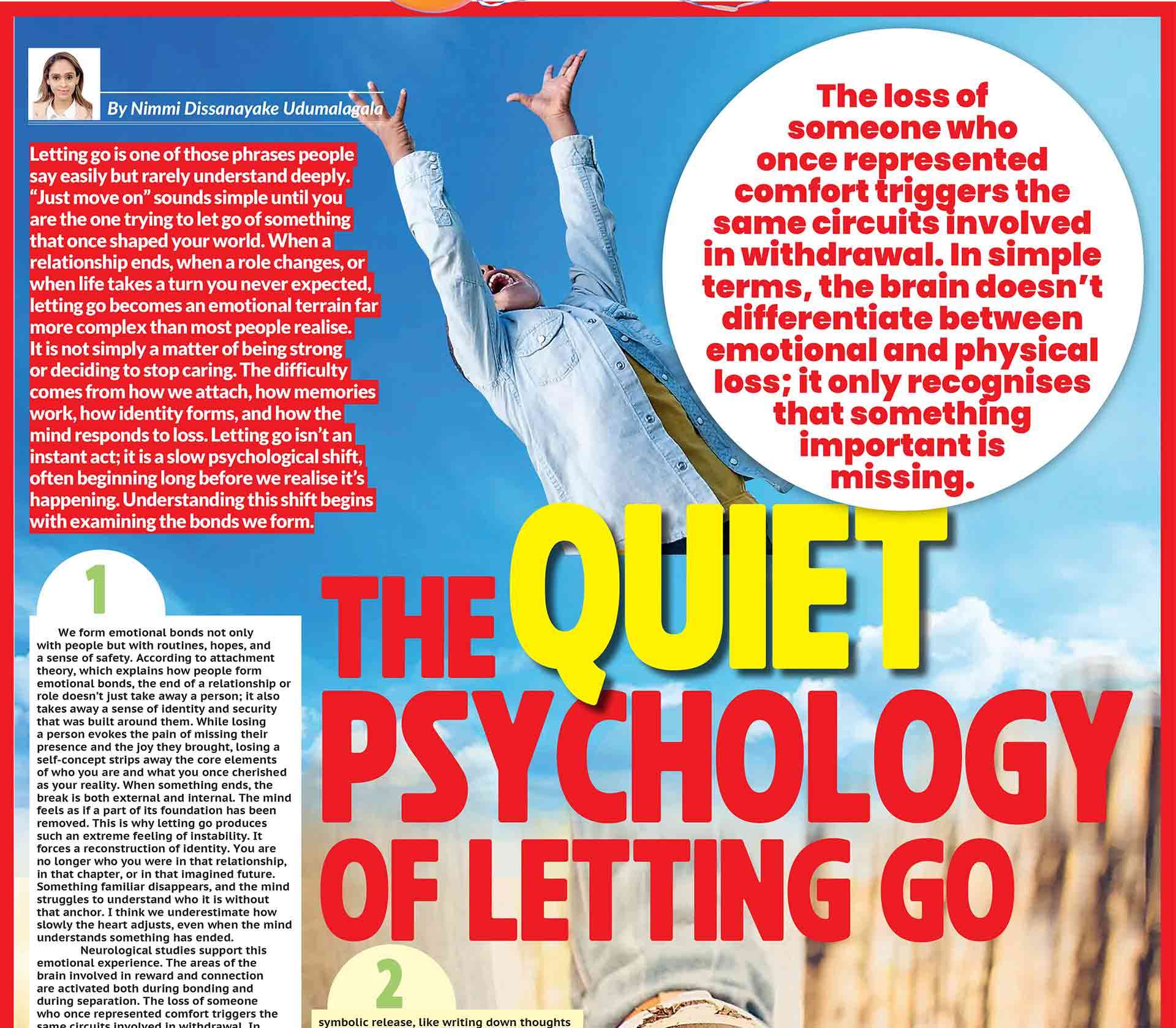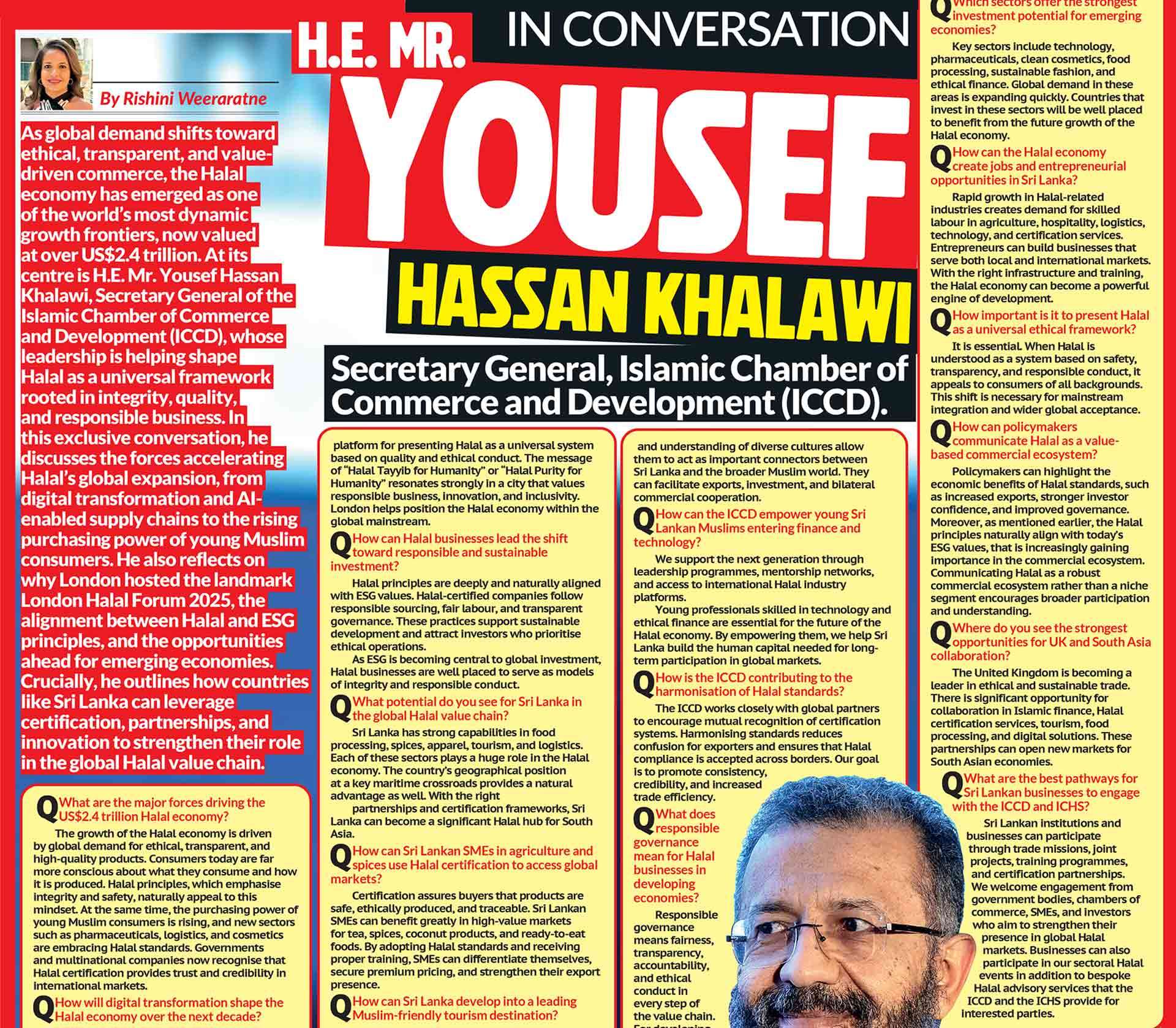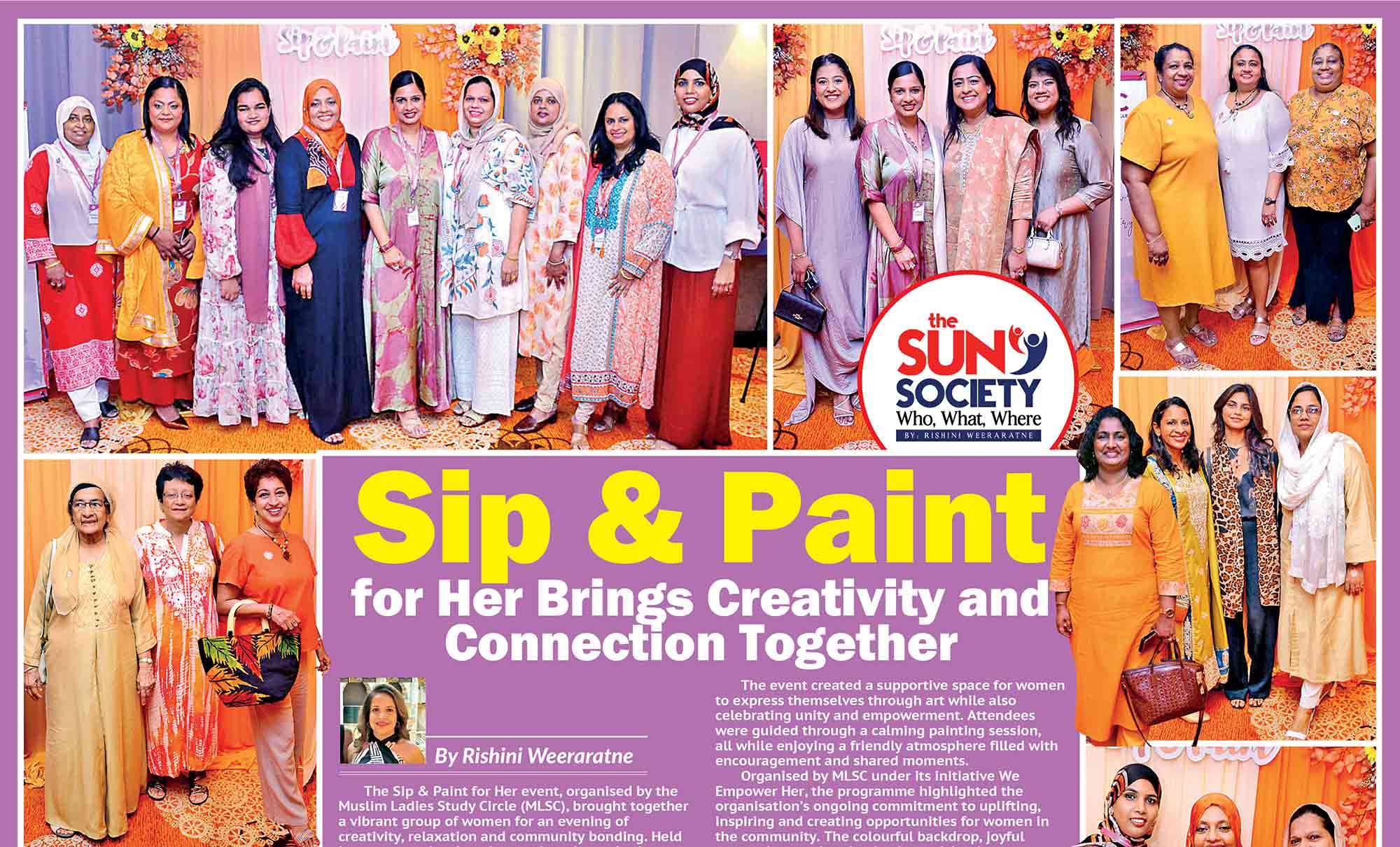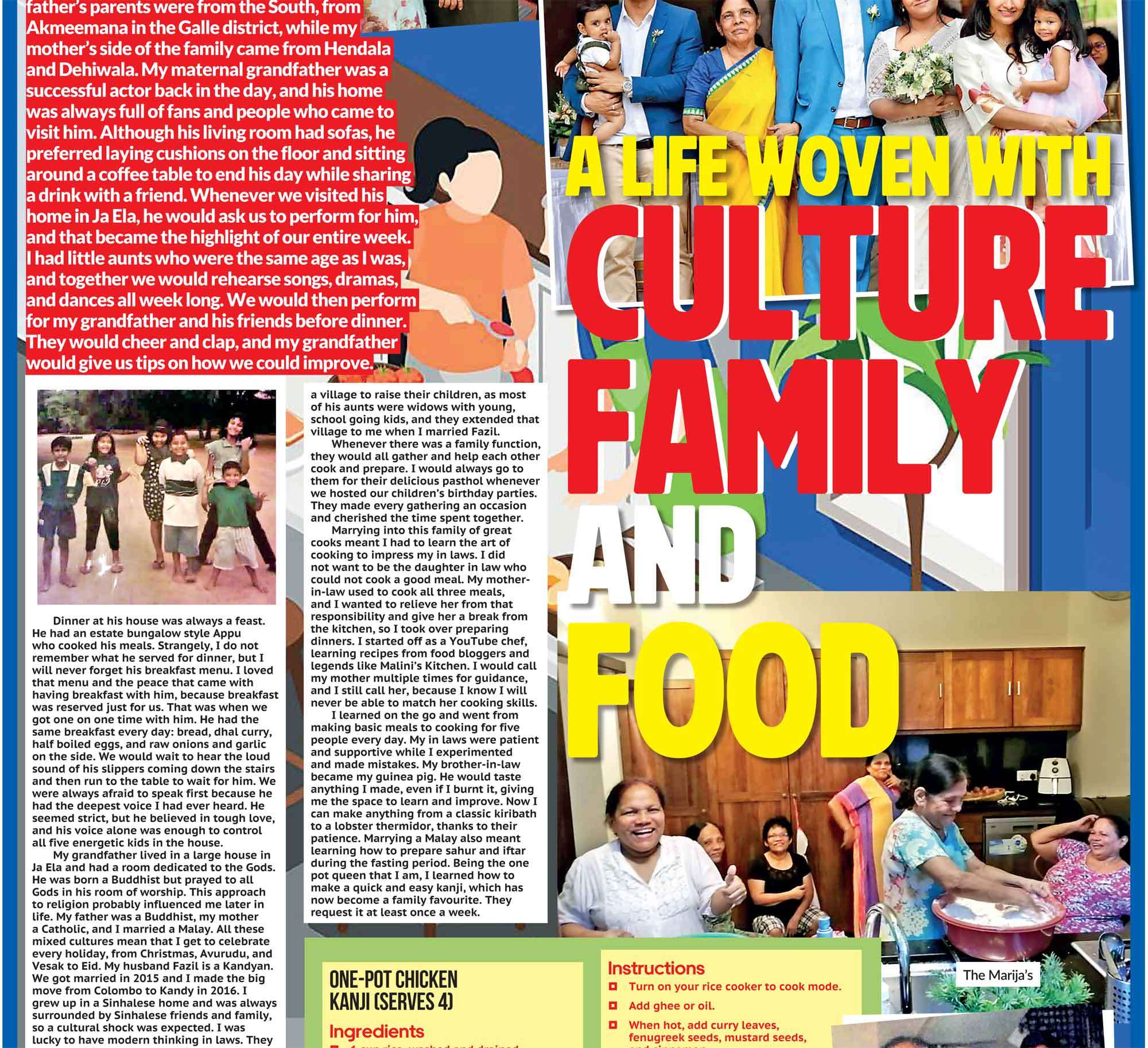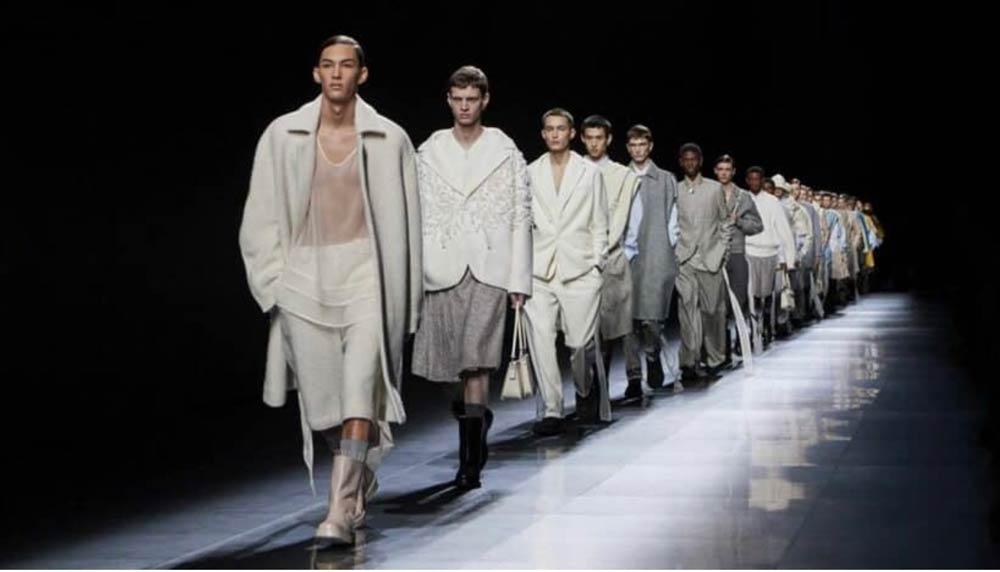

There’s something electric in the air when Paris turns into the world’s fashion capital once again. From the cobblestoned streets of Le Marais to the grand steps of Palais de Tokyo, the city transforms into a runway of its own. Models, editors, and designers from every corner of the globe converge here, each show more than a presentation of clothes, but a glimpse into the soul of an industry forever reinventing itself. As someone who now calls Paris home, I see these moments not just through the lens of glamour, but through the quiet questions behind the glitter: Where is fashion going? What does it mean to be relevant, responsible, and revolutionary today? This season’s Paris Fashion Week gave some compelling answers, and clues to the future of fashion. Sustainability, artificial intelligence, fashion tech, and inclusivity were no longer side conversations. They took center stage. Let me take you behind the seams of what’s really unfolding in the world’s fashion capital, and why it matters for us back home in Sri Lanka too.
Sustainability, From Statement to Standard
For years, “sustainability” was fashion’s favorite buzzword. This year in Paris, it felt different. The conversation has matured. Designers are not simply talking about being “eco-friendly”, they are rethinking the entire system. Stella McCartney, long known for her ethical approach, staged one of the most talked-about shows of the week. Nearly 98% of her collection was made from sustainable materials, from plant-based leathers to biodegradable sequins. She even collaborated with scientists developing fabrics that clean the air by absorbing carbon emissions. Imagine clothes that don’t just do less harm but actively help the planet. At Chloé, the creative director presented a collection using recycled cashmere and low-impact dyeing processes. Balmain revived archival pieces to emphasize “re-wear, re-love, reimagine.” And even the traditionally opulent houses like Dior and Louis Vuitton are beginning to embrace smaller, more thoughtful collections, proving that luxury and responsibility can coexist. This evolution is encouraging. The future of fashion, as seen here, is not only about what we wear, but how and why we wear it. For us in Sri Lanka, this message resonates deeply. We have a long heritage of craft, of making things slowly and beautifully. Our handloom, lace, and natural dye traditions are inherently sustainable, practices our ancestors followed long before it became a global trend. Perhaps the rest of the world is finally catching up.
AI and Fashion Tech, The New Design Assistants
The other buzzword echoing through Paris this season was AI, artificial intelligence. But this isn’t about robots taking over fashion. Rather, it’s about how technology is becoming a creative partner. Upcoming fashion tech innovator Drippy, an AI-powered 3D fashion design platform, unveiled the first-ever phygital fashion pop-up and runway experience during Paris Fashion Week, blending the physical and digital worlds in a groundbreaking showcase of next-generation style. Designers are now using AI to generate thousands of pattern variations, predict fabric drapes, or even design entire collections virtually before making a single sample. This reduces waste, cost, and time. Some houses used AI to create immersive show experiences, combining holograms, projections, and sound design that responded to the audience in real time. Meanwhile, fabric technology is evolving at a breathtaking pace. We saw thermoregulating garments that adapt to body temperature, textiles that change color under light, and recycled materials spun from ocean plastic. This fusion of craft and code, handwork and hardware, is shaping the next frontier of fashion. It’s easy to think of this as “high-tech Paris stuff,” but there’s a deeper lesson here for smaller brands too. AI and digital tools are becoming accessible to everyone. From 3D sampling to AI-driven sizing tools, even a young designer in Colombo can now use technology to design smarter, waste less, and reach a global audience online. As someone who works between heritage and innovation, I find this incredibly exciting. The future belongs to those who can bridge both worlds, the artisan and the algorithm.
Fashion’s New Consciousness
Beyond the catwalk, there was a noticeable shift in tone this season, a move toward mindfulness, purpose, and authenticity. Shows were smaller, more intimate. The usual extravagance gave way to deeper storytelling. Designers spoke about mental health, slowing down, reconnecting with nature, and designing for emotion rather than spectacle. At the Stella McCartney show, actress Helen Mirren opened the presentation with a poem titled “Come Together.” It was less about fashion as fantasy, and more about fashion as community. There’s also a growing recognition of cultural roots. Several designers showcased collections inspired by their heritage, African embroidery, Japanese indigo, Indian block prints, Sri Lankan Beeralu, blending ancestral techniques with modern design. This global return to roots speaks directly to something I’ve always believed: true innovation often lies in tradition. In that sense, Sri Lanka, with its centuries of craft, has a story worth sharing with the world.
The Business of Fashion Is Changing
Fashion weeks are not only creative spectacles; they are economic engines. Yet even that machinery is transforming. Brands are moving toward smaller, “seasonless” collections and limited drops, creating a sense of exclusivity and reducing overproduction. Rental, resale, and repair services are becoming mainstream, even among luxury brands. Digital fashion, clothing that exists only virtually, is also emerging as a serious business. Imagine buying a dress you can wear on your social media avatar or in a virtual world. It may sound strange now, but it’s already happening. Fashion houses are experimenting with NFTs, AR try-ons, and digital garments that push the boundaries of what it means to “own” fashion.
At first, I was skeptical. But I now see potential in how these tools can help designers reduce waste, test designs virtually, and reach audiences far beyond physical stores or runways.
A Mirror for the World, and for Ourselves
Living in Paris, I often think about how the Sri Lankan fashion story fits into this global puzzle. The world is talking about sustainability, transparency, and craftsmanship, values that have been part of our DNA for generations. We have an opportunity not just to follow trends, but to lead from our roots. Imagine a fashion ecosystem where ethics, beauty, and innovation coexist. That’s the kind of future fashion weeks like Paris are hinting toward: one where we don’t chase fast fashion, but slow it down with purpose; where we don’t discard the old, but rediscover it; where tradition and technology walk the runway hand in hand.
As the lights fade on another Paris Fashion Week, one thing feels certain, fashion is no longer just about what’s in style: it’s about what’s in sync with the planet, with people, with progress. The next decade will demand more from the industry, transparency, innovation, and compassion. AI will reshape creation. Climate change will force accountability. Consumers, especially Gen Z, will keep asking hard questions. But I also believe it’s a time of great hope. Fashion has always been about reinvention, and right now, it’s reinventing itself with purpose. From the ateliers of Paris to the looms of Dumbara, from couture houses to cottage industries, the story is the same: fashion is finding its conscience. And that’s something worth celebrating, from one island of creativity to another.

